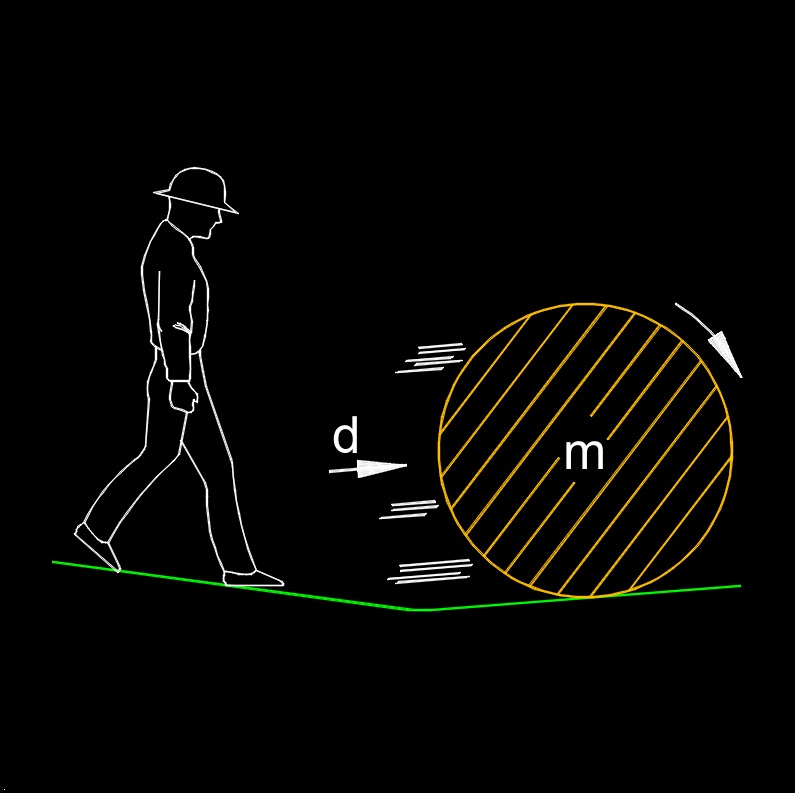Deceleration
Deceleration Formula |
||
|
\( d \;=\; \dfrac{ v_f - v_i }{ t }\) (Deceleration) \( v_f \;=\; d \cdot t + v_i \) \( v_i \;=\; v_f - d \cdot t \) \( t \;=\; \dfrac{ v_f - v_i }{ d }\) |
||
| Symbol | English | Metric |
| \( d \) = Deceleration | \(ft\;/\;sec^2\) | \(m\;/\;s^2\) |
| \( v_f \) = Final Velocity | \(ft\;/\;sec\) | \(m\;/\;s\) |
| \( v_i \) = Initial Velocity | \(ft\;/\;sec\) | \(m\;/\;s\) |
| \( t \) = Time in Which the Change Occures | \(sec\) | \(s\) |

Deceleration, abbreviated as d, is the rate of change of velocity. It refers to the rate at which an object slows down or decreases its speed over time. In physics, it is the opposite of acceleration, which is the rate of change of velocity (speed and direction) of an object. Deceleration can also be described as negative acceleration, meaning that the object's velocity is decreasing in magnitude.
Mathematically, deceleration is often represented as a negative value in equations that involve acceleration. If an object is slowing down, its acceleration is in the direction opposite to its initial velocity, leading to a negative acceleration value.
